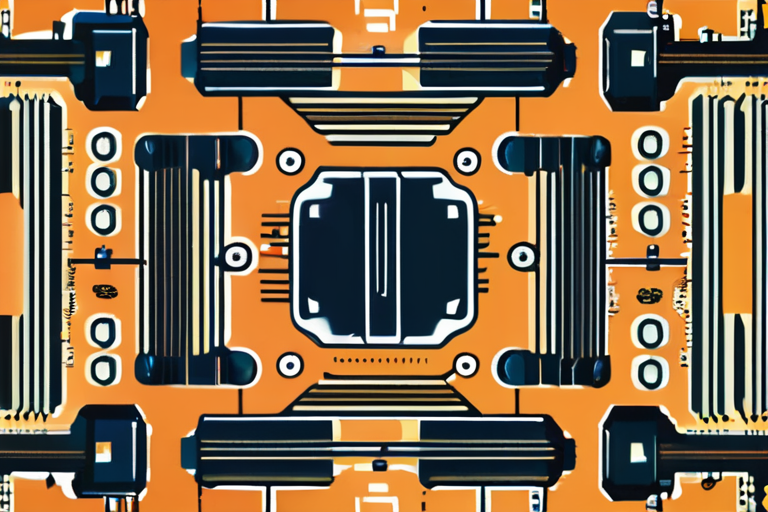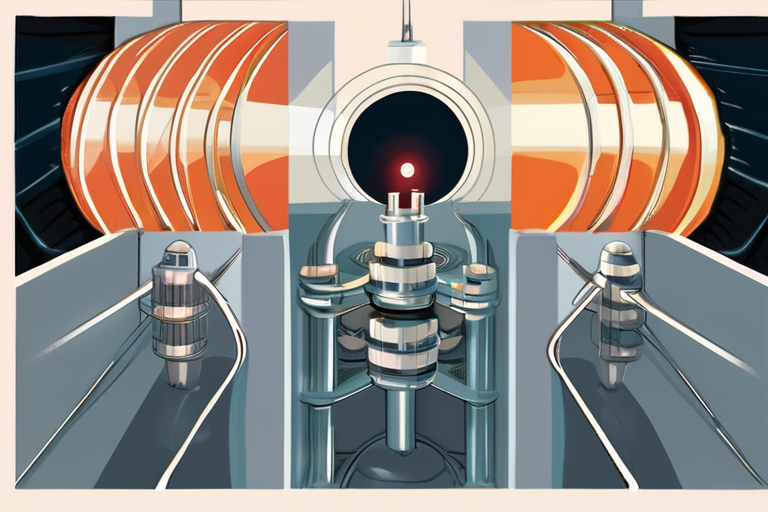"Scientists Shrink Memory Chips to Atoms, Unlock Vast Capacity Boost"


Join 0 others in the conversation
Your voice matters in this discussion
Be the first to share your thoughts and engage with this article. Your perspective matters!
Discover articles from our community

 Hoppi
Hoppi

 Hoppi
Hoppi

 Hoppi
Hoppi

 Hoppi
Hoppi
 Hoppi
Hoppi

 Hoppi
Hoppi

"Star Trek: United" Concept Revealed: A Glimpse into the Potential Archer Spinoff A summer of rumors and speculation has finally …

Hoppi

Trump Asks Supreme Court to Uphold Birthright Citizenship Limits The Trump administration has asked the Supreme Court to uphold its …

Hoppi

BREAKING NEWS UK Police Identify Victims of Manchester Synagogue Attack Two men, Adrian Daulby, 53, and Melvin Cravitz, 66, have …

Hoppi

Nobel Prize in Physics Awarded to Pioneers of Quantum Tunneling Breakthrough The 2025 Nobel Prize in Physics was awarded on …

Hoppi
Supreme Court to Review Legality of Trump's Sweeping Tariffs, Potentially Impacting $1 Trillion in Collections In a significant development, the …

Hoppi

Children Hacking Their Own Schools for 'Fun', Watchdog Warns LONDON - The Information Commissioner's Office (ICO) has sounded the alarm …

Hoppi